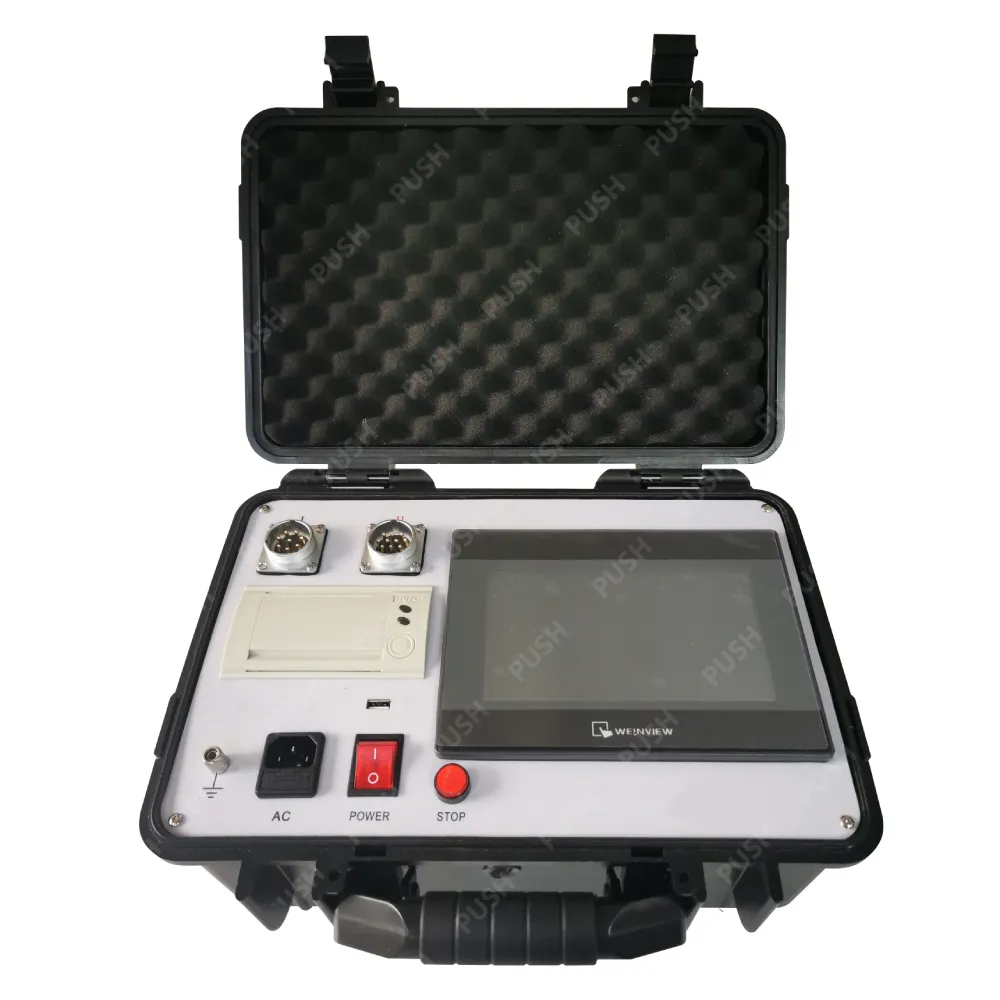 English
English



-
 Afrikaans
Afrikaans -
 Albanian
Albanian -
 Amharic
Amharic -
 Arabic
Arabic -
 Armenian
Armenian -
 Azerbaijani
Azerbaijani -
 Basque
Basque -
 Belarusian
Belarusian -
 Bengali
Bengali -
 Bosnian
Bosnian -
 Bulgarian
Bulgarian -
 Catalan
Catalan -
 Cebuano
Cebuano -
 China
China -
 China (Taiwan)
China (Taiwan) -
 Corsican
Corsican -
 Croatian
Croatian -
 Czech
Czech -
 Danish
Danish -
 Dutch
Dutch -
 English
English -
 Esperanto
Esperanto -
 Estonian
Estonian -
 Finnish
Finnish -
 French
French -
 Frisian
Frisian -
 Galician
Galician -
 Georgian
Georgian -
 German
German -
 Greek
Greek -
 Gujarati
Gujarati -
 Haitian Creole
Haitian Creole -
 hausa
hausa -
 hawaiian
hawaiian -
 Hebrew
Hebrew -
 Hindi
Hindi -
 Miao
Miao -
 Hungarian
Hungarian -
 Icelandic
Icelandic -
 igbo
igbo -
 Indonesian
Indonesian -
 irish
irish -
 Italian
Italian -
 Japanese
Japanese -
 Javanese
Javanese -
 Kannada
Kannada -
 kazakh
kazakh -
 Khmer
Khmer -
 Rwandese
Rwandese -
 Korean
Korean -
 Kurdish
Kurdish -
 Kyrgyz
Kyrgyz -
 Lao
Lao -
 Latin
Latin -
 Latvian
Latvian -
 Lithuanian
Lithuanian -
 Luxembourgish
Luxembourgish -
 Macedonian
Macedonian -
 Malgashi
Malgashi -
 Malay
Malay -
 Malayalam
Malayalam -
 Maltese
Maltese -
 Maori
Maori -
 Marathi
Marathi -
 Mongolian
Mongolian -
 Myanmar
Myanmar -
 Nepali
Nepali -
 Norwegian
Norwegian -
 Norwegian
Norwegian -
 Occitan
Occitan -
 Pashto
Pashto -
 Persian
Persian -
 Polish
Polish -
 Portuguese
Portuguese -
 Punjabi
Punjabi -
 Romanian
Romanian -
 Russian
Russian -
 Samoan
Samoan -
 Scottish Gaelic
Scottish Gaelic -
 Serbian
Serbian -
 Sesotho
Sesotho -
 Shona
Shona -
 Sindhi
Sindhi -
 Sinhala
Sinhala -
 Slovak
Slovak -
 Slovenian
Slovenian -
 Somali
Somali -
 Spanish
Spanish -
 Sundanese
Sundanese -
 Swahili
Swahili -
 Swedish
Swedish -
 Tagalog
Tagalog -
 Tajik
Tajik -
 Tamil
Tamil -
 Tatar
Tatar -
 Telugu
Telugu -
 Thai
Thai -
 Turkish
Turkish -
 Turkmen
Turkmen -
 Ukrainian
Ukrainian -
 Urdu
Urdu -
 Uighur
Uighur -
 Uzbek
Uzbek -
 Vietnamese
Vietnamese -
 Welsh
Welsh -
 Bantu
Bantu -
 Yiddish
Yiddish -
 Yoruba
Yoruba -
 Zulu
Zulu
Evaluation of Winding Resistance Measurement Techniques and Best Practices in Electrical Engineering
Measurement of Winding Resistance Importance and Methods
Winding resistance is a critical parameter in the performance and efficiency of electrical machines, including transformers, motors, and generators. It refers to the resistance measured across the windings of these machines and plays a significant role in evaluating their condition and operational capabilities. Accurate measurement of winding resistance is essential for ensuring reliable performance, diagnosing faults, and planning maintenance activities.
Importance of Winding Resistance Measurement
The winding resistance can offer valuable insights into various operational aspects of electrical machines. Firstly, it is an indicator of the overall health of the windings. Over time, the insulation and copper windings can degrade due to thermal cycling, moisture ingress, mechanical stress, and other environmental factors. An increase in winding resistance can signify potential failures or defects, such as shorted turns or insulation degradation.
Secondly, winding resistance affects the efficiency of the machine. Higher resistance leads to greater energy loss in the form of heat, which can reduce the overall efficiency and lifespan of the equipment. This is especially critical in large industrial systems where even small inefficiencies can lead to significant financial losses.
Lastly, routine monitoring of winding resistance contributes to the predictive maintenance strategy. By regularly measuring and tracking the resistance values, facility managers can predict when maintenance will be necessary, thereby preventing unexpected breakdowns and expensive repairs.
Methods for Measuring Winding Resistance
measurement of winding resistance

There are several methodologies for measuring winding resistance, each suited to different applications and conditions. The most common methods include
1. Four-Wire (Kelvin) Method This is the most accurate method for measuring low resistance values. It employs four leads two for supplying a current to the winding and two for measuring the voltage drop across the winding. This technique eliminates the influence of lead resistance on the measurement, providing a true resistance value.
2. Two-Wire Method In this simpler method, only two leads are used—one for current and one for voltage. While this method is easier to set up, it is less accurate for low resistance values because it includes the resistance of the leads in the measurement.
3. Megohmmeter Testing Although typically used for insulating resistance measurements, a megohmmeter can also provide insights into winding resistance under certain conditions. It applies a high DC voltage and measures the resultant current; the resistance can be inferred from Ohm's law. However, this method is less common for direct winding resistance measurement and is more focused on insulation integrity.
4. Temperature Correction It’s important to note that resistance is affected by temperature. Therefore, whenever winding resistance is measured, it should be corrected to a standard temperature (usually 20°C) for consistent comparisons over time. This is accomplished using the temperature coefficient of resistance for the material.
Conclusion
In conclusion, the measurement of winding resistance is a vital aspect of electrical machine maintenance and operation. It helps in identifying potential issues, optimizing performance, and extending the lifespan of equipment. Employing the appropriate measurement method, alongside routine monitoring, can lead to more informed decision-making in the maintenance and operation of electrical systems. As technology advances, integrating these measurements with digital monitoring systems can enhance the ability to predict maintenance needs accurately and improve overall operational efficiency. Proper attention to winding resistance not only ensures reliability but also supports a more sustainable and cost-effective approach to managing electrical machines.
-
Testing Equipment Industry Sees Major Advancements in 2025: Smart & Precision Technologies Lead the WayNewsJun.06,2025
-
Applications of Direct Current Generators in Renewable Energy SystemsNewsJun.05,2025
-
Hipot Tester Calibration and Accuracy GuidelinesNewsJun.05,2025
-
Digital Circuit Breaker Analyzer Features and BenefitsNewsJun.05,2025
-
Benefits of Real-Time Power Quality Monitoring Devices for Industrial EfficiencyNewsJun.05,2025
-
Earth Fault Loop Testing in High-Rise Building Electrical SystemsNewsJun.05,2025



